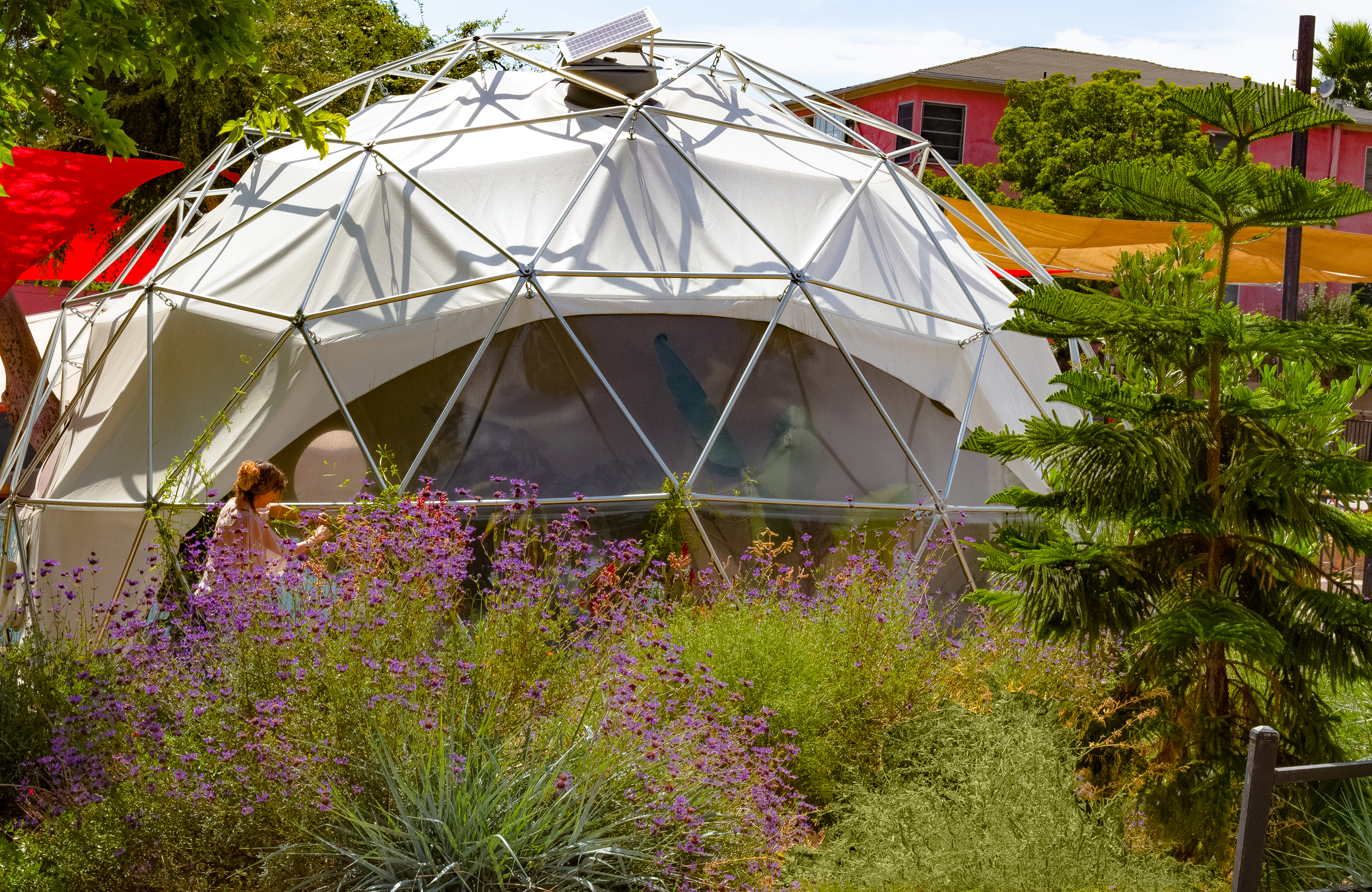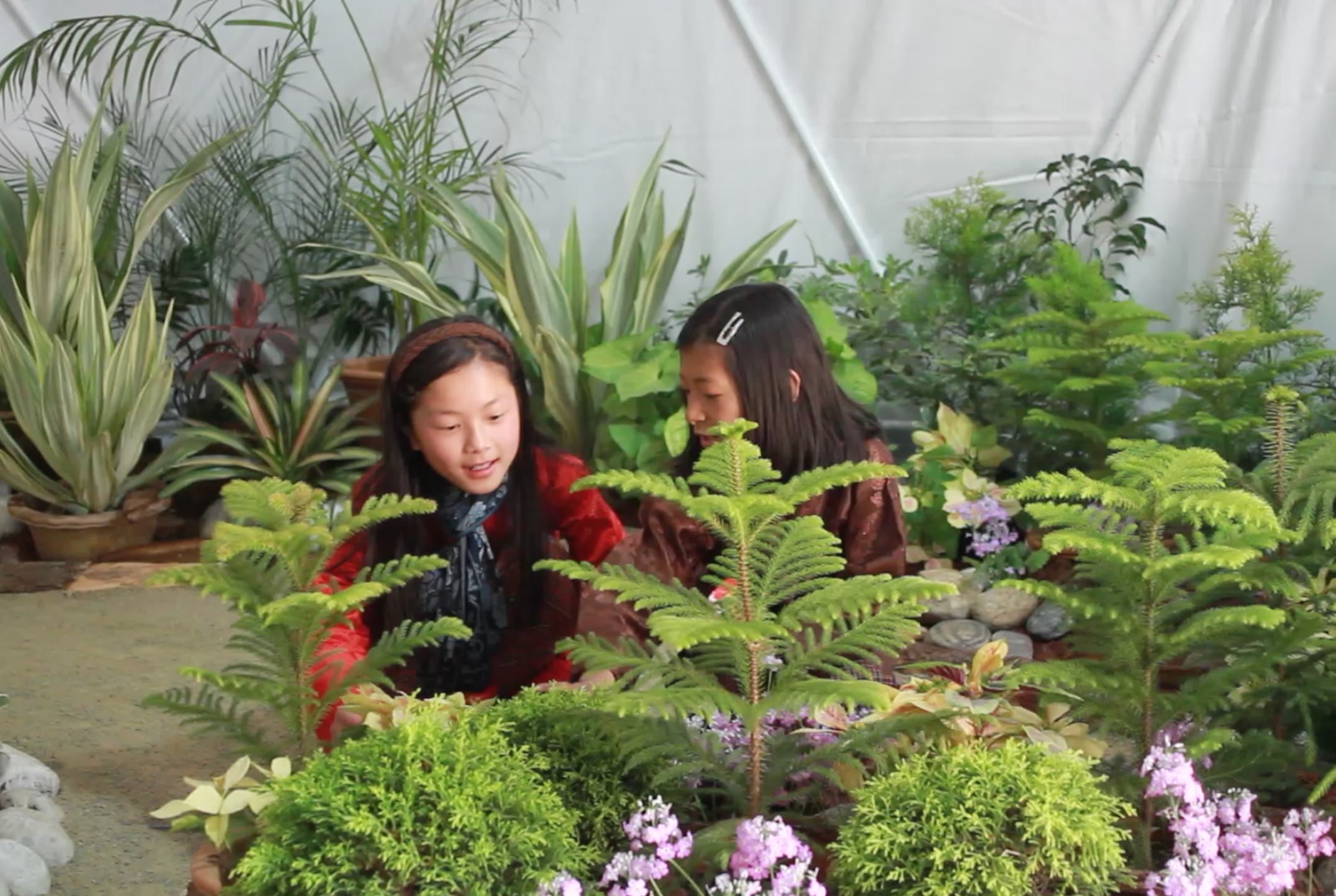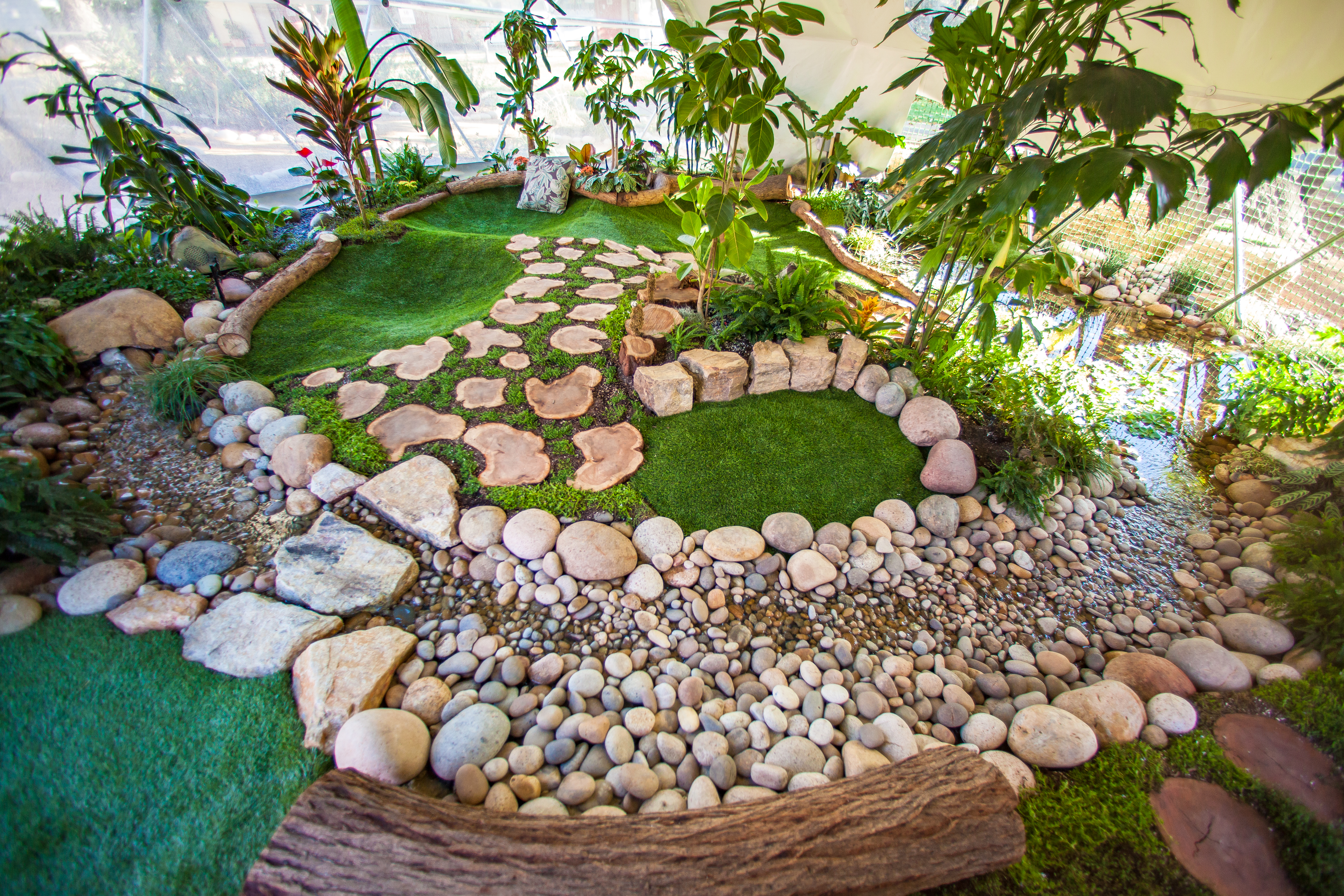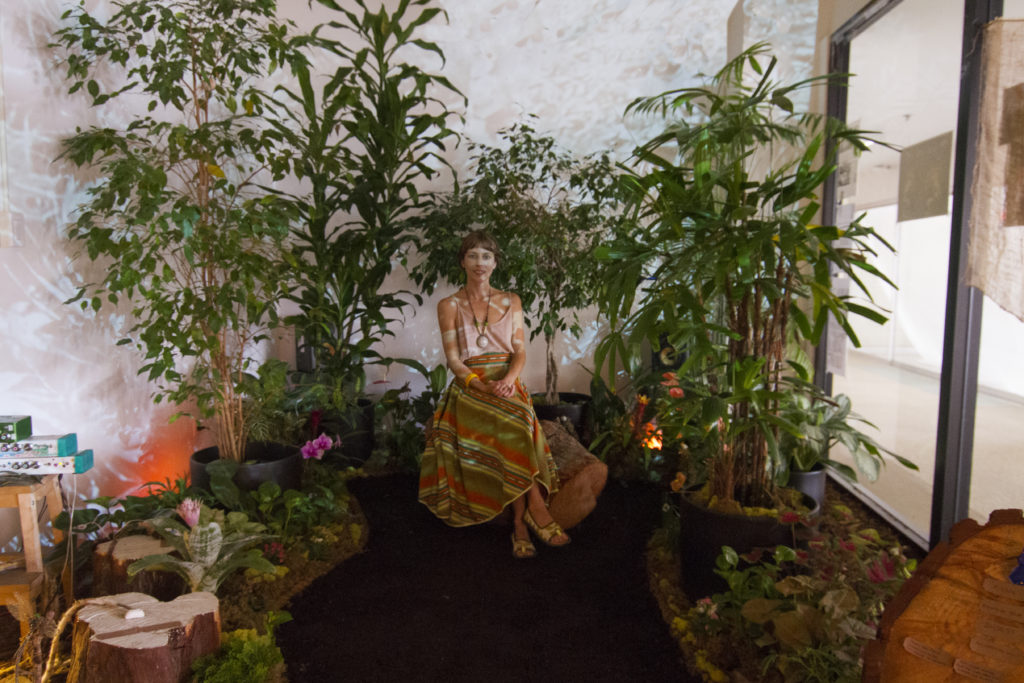By Geoff Shelton
Header Photo by Andreas Leonardsen
Mileece is a multi-disciplinary sonic artist, environment designer, and renewable energy ambassador. Through her work she has devoted herself to creating projects that “facilitate connections between people and plants.” One of the many different ways she does this is through connecting small electrodes to plants that conduct the bio-electric emissions coming off of them. This data is processed through her self-authored software that translates this data into musical soundscapes which she has designed with the intention to be pleasing to both humans and the plants themselves; and that’s just for starters.
TT: What do you feel are some of the driving purposes of your work?
I try to facilitate connections between people and plants for the sake of people understanding that plants are 100% equivalent to life on earth as we know it; in terms of food, water, habitat and even just the aesthetics of the planet. All those things are absolutely 100% connected to plants. So in that sense it’s about combining art, aesthetics, functionality and what I’m calling “tactile-visionary” to make living, hybridized, ecology-technology systems in urban centers.
This is to say, micro-scale, community-driven, biophilic or nature-driven technologies, as my father would say, that can help us learn how to support ourselves through the climate chaos that we’re very quickly heading towards. It’s about addressing those issues and making it the story of everybody getting together and doing things with and for each other. It’s about changing the paradigm of an individualistic society into one of collaboration. Where everybody remains intrinsic and expansive with their own skills but come together by putting them together as a collective identity.
It’s about integrating technologies to make experiences that are functional and fulfilling; both in a daily way and in extravaganzas. So you have these phenomenal performance, media, content-driven experiences and events that are facilitated by the integration of all these technologies which leave in their wake; stuff that can be used by the community all the time as a matter of infrastructure.

Can you tell me a bit about the role that sound plays in your work?
My interest in sound is to facilitate transcendence beyond the expectation of reality; to instigate new dimensions instigated by our interpretation of sound waves. After all, sound is one of the most important markers in nature. I do listening exercises with kids and its very easy to get them to be able to give you the layout of the land they hear when you play them sounds from the jungle and you say: “How many trees do you think there are there?” Then you have them listen to the environment they’re in and you ask again “How many trees do you think are here?” Depending on how many animals you can hear, it becomes easy to identify we live in an extremely altered environment. Sound can denote the health of a habitat more than visual cues so naturally if we have a rich bio-sonic atmosphere, that echoes our indigenous world. Due to our biophilic nature, we physiologically resonate on all levels with a healthy wilderness. Sound is a facet of making sure that that connection stays alive.

You have a number of different projects that you’ve created to facilitate this purpose. Can you tell me about one of those projects called “ORBS”?
“ORBS” are domes that have interactive wilderness environments. There is a localized landscape that’s interactive so you get to interact and feel nature, but then you have real, embedded wilderness environments that control all aspects of the environment.
It’s a way to not hinge our experience with nature on VR(virtual reality), which I think may prove to be a problem. VR is very exciting, so it’s exciting to say let’s explore these things in nature that we can’t without VR. But beyond that, it can obfuscate the tangible and very physiological connections that we need to have for our wellbeing. So the point is to abate the replacement of nature with virtual ideas manifested in headsets. There’s a place for that, but it is not in replacement of it. And that is what is going to happen unless we keep working on making sure that there’s also a connection to nature and using our technology in service of that.
“It’s about changing the paradigm of an individualistic society into one of collaboration.”
Within these domes, one hears sounds that are the result of the bio-electric emissions from the plants living in these localized landscapes that are then processed through your programming. Can you tell me a bit about how that works ?
Within the dome is a hybrid between natural soundscapes and organic electronic music. A synth is in most cases, based on a waveform. Operations on a waveform create its sonic character. In my program, all of those things are controlled by the plant, with some restrictions. Such as what the computer’s CPU can handle or cause transients to blow up. Also, there are limitations to what you can do sonically in the timescale that you get the signal in. So you have to know and be respectful of what those parameters are, so as to build a stable program.
Also you have the issue that plants can hear and so can humans. And we’re both sensitive to harmonics and sensitive to frequencies so there’s a restriction to what frequencies and what harmonics. There’s some research and some intuition that goes into what that should be. As far as I see it, it’s about creating a sound that represents data but also has aesthetic parameters to it so that it maintains a harmonic and listenable quality for the sake of the human and the plant. I call it ‘aesthetic sonification’.

One of the bits that I do as the artist; deciphering and expressing the relationship between information and intuition. The science bit is, how clear can you get your signal? Can you get a bio-emission that is relatively clean? In other words, does it have a lot of electro-magnetic interference from other stuff going on? Is it capacitance? Is it resistance? Or is it emission current from bio-electrical activity? Also, how well can you program a synthesizer? Can you make a synthesizer run that’s gonna make things that are happening sound like what they are?
The plants are animating directly. Direct animation of the signal, of the sine wave that is coming off of the plant in a way that modulates so its frequency and its amplitude are going to affect the frequency and amplitude of the synthesizers. But in the synthesizers, I have to make sure that they operate within the constraints of having shitloads of input come into the computer and get processed in real time.
It’s this mixture of science and art. You’ve got these things to consider but then you also want to make it beautiful. Because most of the time, that’s what really counts when you’re trying to create the effect. The effect I’m trying to create is a sense of communion between people and plants by using technology; not as an agent of destruction, but one serving union.


